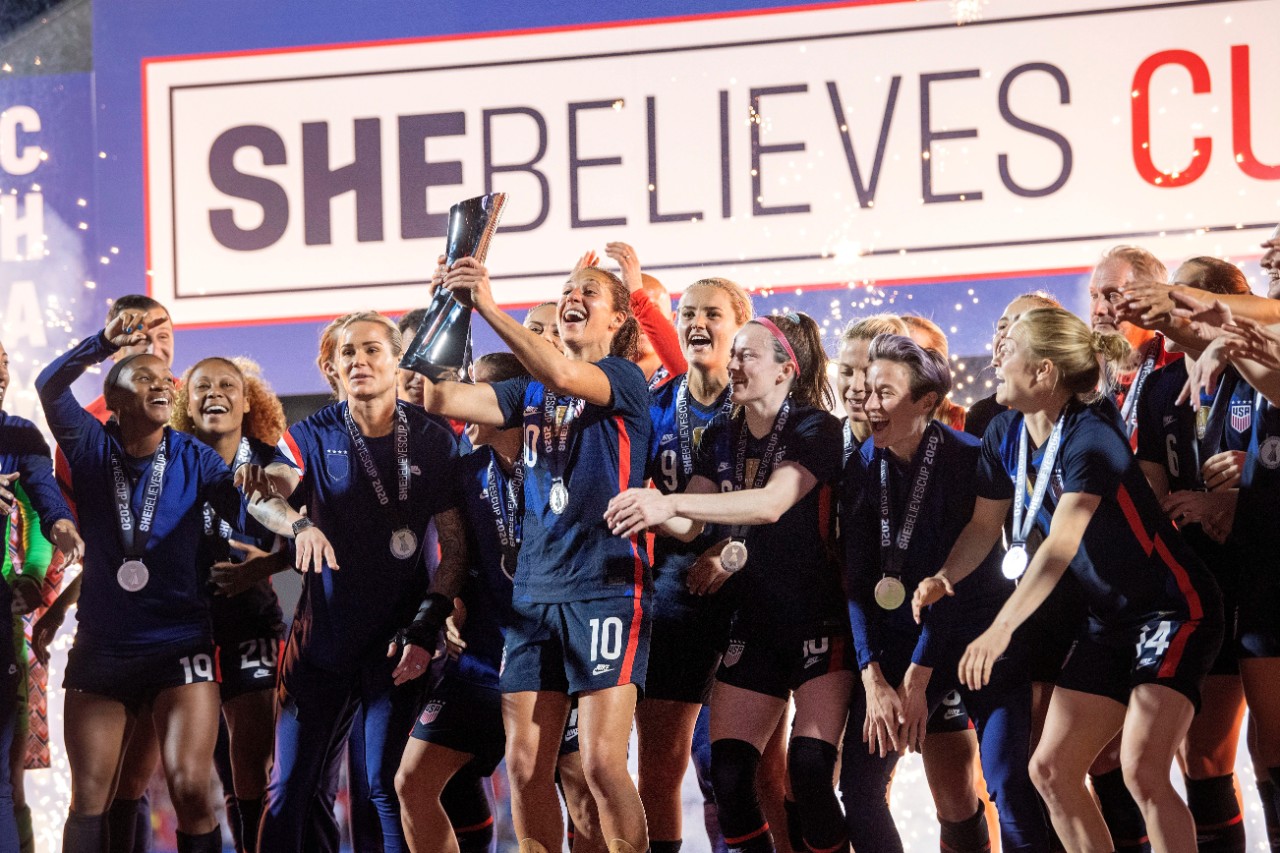
Women athletes often face discrimination based on their appearance. There are several ways to overcome this. You can start to take control of how you look at yourself. To challenge gender stereotypes, you can use social media. You can also be an advocate to promote gender equality. These tips can help you become an active participant in the sport community.
Take back control of your body image
Female athletes are taking back control of their body image. These athletes shared how the pressure to appear perfect impacts their performance, mental health, and overall performance. Gracie Gold from the Olympic figure skating team and Allie Ostrander from professional running are two examples of those who have openly shared about their struggles with negative body image. These athletes want people to see that it's not weakness to have a body not conforming to a standard.
Female athletes still have the potential to develop body dissatisfaction despite being under immense pressure to improve their body images. Body dissatisfaction is a mental state that results from negative thoughts about a person's body, and the perceived discrepancy between a person's body size and the ideal body size. The way we see the body changes depending on its context and function. A recent study showed that female collegiate athlete participated in "Bodies in Motion," a program which helps to develop positive body images.
Female athletes: Changing the stereotypes
It is important for female athletes to break down gendered stereotypes. Many women and girls are discouraged by the stereotypes they see. Changing these stereotypes begins at home. It starts at home by teaching girls and women how to respect each other, and how to be different. It begins with changing the way that we talk about women. If we change our words and our actions, we can improve how female athletes are presented in the media.
Research on female athletes has mostly focused on the bipolarity between masculinity and femininity, but little has been done on androgyny. Androgyny is a middle ground between masculinity and femininity and suggests that a female athlete can be both male and female at the same time. This gender identity is a mix of assertiveness and gentleness, independence and dependence, competitive and passive, and can even be independent and dependent. A woman's ability to display masculine and feminine traits can make her powerful.
Participating in social media
You can inspire young women through social media. Social media is one way for female athletes to be inspired by stories about other women who play the sport. The UConn Huskies defeated the Baylor Bears last night and dominated social media. While the final score was 69 -67 in favor UConn Huskies, the controversy surrounding the call was the most talked about part of the game.
Participating in social networks can be a great way to encourage young girls to take up sports and improve your health. Many female athletes use social media to market themselves. The amount of research that has been done on the online representations of women athletes is limited.
Managing gender stereotypes
Participation in sports can be limited by gender stereotypes. They might choose to ignore their athletic achievements and concentrate on other less stigmatized sports, or even quit their sport altogether. These issues are a reflection of larger cultural attitudes about athletic women. These stereotypes can be a barrier to participation in female sports.
First, women sportspeople must face the perception problem. Women are often seen as submissive or objectified by the public. Aside from this, male athletes often are seen as heroic and masculine. Female athletes are instead viewed as wives or daughters. This toxic cycle of gender stereotypes is often responsible for the sexualization or objectification of female athletes. This issue was highlighted by the USA Gymnastics scandal.